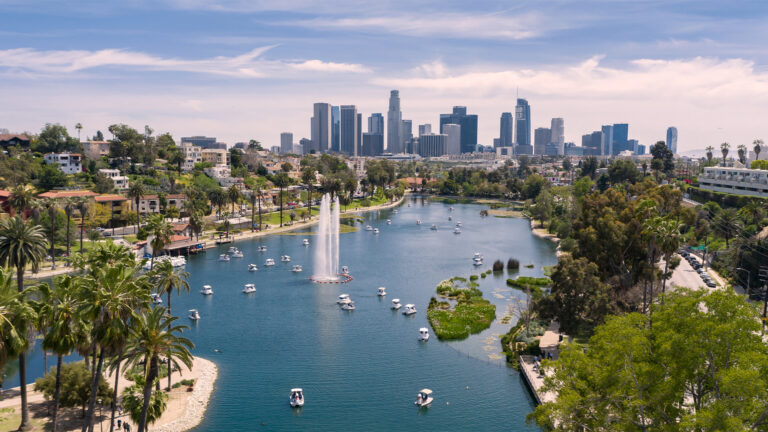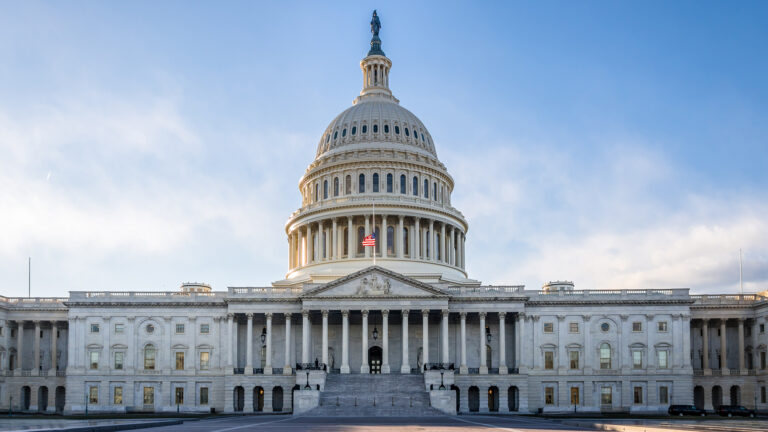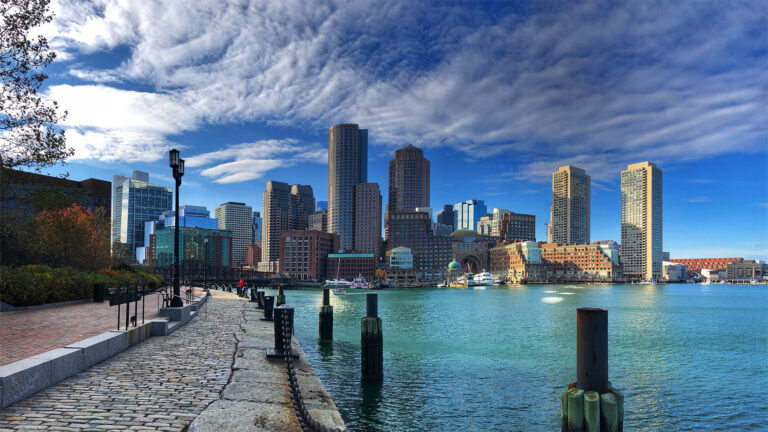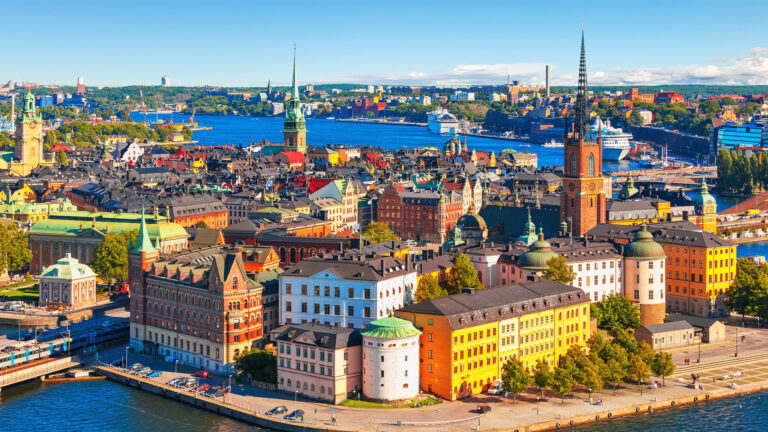By Nick Hedley
Europe’s energy crisis, which has been caused mainly by
reduced gas flows from Russia, underscores the need to enhance energy security
by accelerating the shift away from fossil fuels, says Gjermund Grimsby, chief climate
change advisor at Norway’s largest pension fund, KLP.
“As a pension fund, our engagements are long term, and the
energy crisis is a clear signal that economies need to invest more in renewable
energy – not only due to emissions, but also due to a need for energy systems
based on independent energy sources,” Grimsby tells Markets Group.
In late September, the energy crisis was exacerbated after
three major leaks were discovered along the Nord Stream pipelines between
Russia and the European Union. As authorities in Europe raced to shore up gas
supplies from alternative suppliers, they said the leaks were likely deliberate
acts of sabotage.
Flows along the Nord Stream 1 pipeline are unlikely to
restart for the foreseeable future, Dutch bank ING’s commodities strategists
said in a note. Moreover, Russia appeared on the brink of halting gas supplies
via Ukraine.
“This will only tighten up the European market further as we
move towards the heating season,” ING’s Warren Patterson and Ewa Manthey said. “At
the moment, flows via Ukraine are in the region of 42 million cubic meters a day,
and if these were to stop, it would leave flows via Turkstream as the only
route to Europe for Russian pipeline gas.”
To counter the shortfall of Russian gas, some European
states are once again turning to old coal-fired power stations.
KLP’s Grimsby concedes that there is a short-term need to
keep existing fossil fuel projects in play. However, adding new ones would not
make sense.
“Due to the time delay in developing new oil and gas fields,
this is not a solution to the current energy crisis in Europe. Going ahead,
easily scalable and cost-efficient energy sources such as solar and wind power
will be prioritized.”
KLP aims to put at least 6 billion kroner ($US550 million) each
year into “climate-friendly investments,” including solar and wind power,
hydroelectricity, battery storage, green hydrogen, green ammonia, biogas and
forests.
As of June 30, climate-friendly investments amounted to about
8% of KLP’s total portfolio. The fund has assets under management worth 727.6
billion kroner ($US66.7 billion).
One of its most recent investments was an allocation towards
the Quinbrook Net Zero Power Fund, which invests in solar-plus-battery projects.
KLP is also seeking opportunities in sustainable fuel
solutions for the shipping sector, Grimsby says, adding that Norway will soon
make final investment decisions on a number of green fuel projects. The
Norwegian government aims to reduce emissions from inland coastal shipping by
50% by 2030.
To develop the necessary clean hydrogen and ammonia
production facilities, as well as the infrastructure for distributing and bunkering
green alternative fuels, investments of around 14 billion kroner ($US1.3
billion) will be needed.
The recent surge in electricity prices “clearly shows the
need for investing in more renewable energy for producing green hydrogen and
ammonia – KLP is ready to contribute to this needed transition.”
Grimsby says KLP’s portfolio decarbonization efforts are
aimed at mitigating investment risk by curbing climate change.
The fund has divested of corporates that derive revenues
from coal and oil sands, and continues to engage other companies, mainly in
Norway, to ensure they reduce emissions in line with their science-based
sectoral pathways.
It also exercises its voting rights to steer companies in
the right direction, Grimsby says, and collaborates with other investors “so
that important climate-related resolutions receive sufficient support.”
Related articles:
Exclusive: How Australia’s NGS Super Plans to Achieve a Carbon-Neutral Portfolio in Just Eight Years












